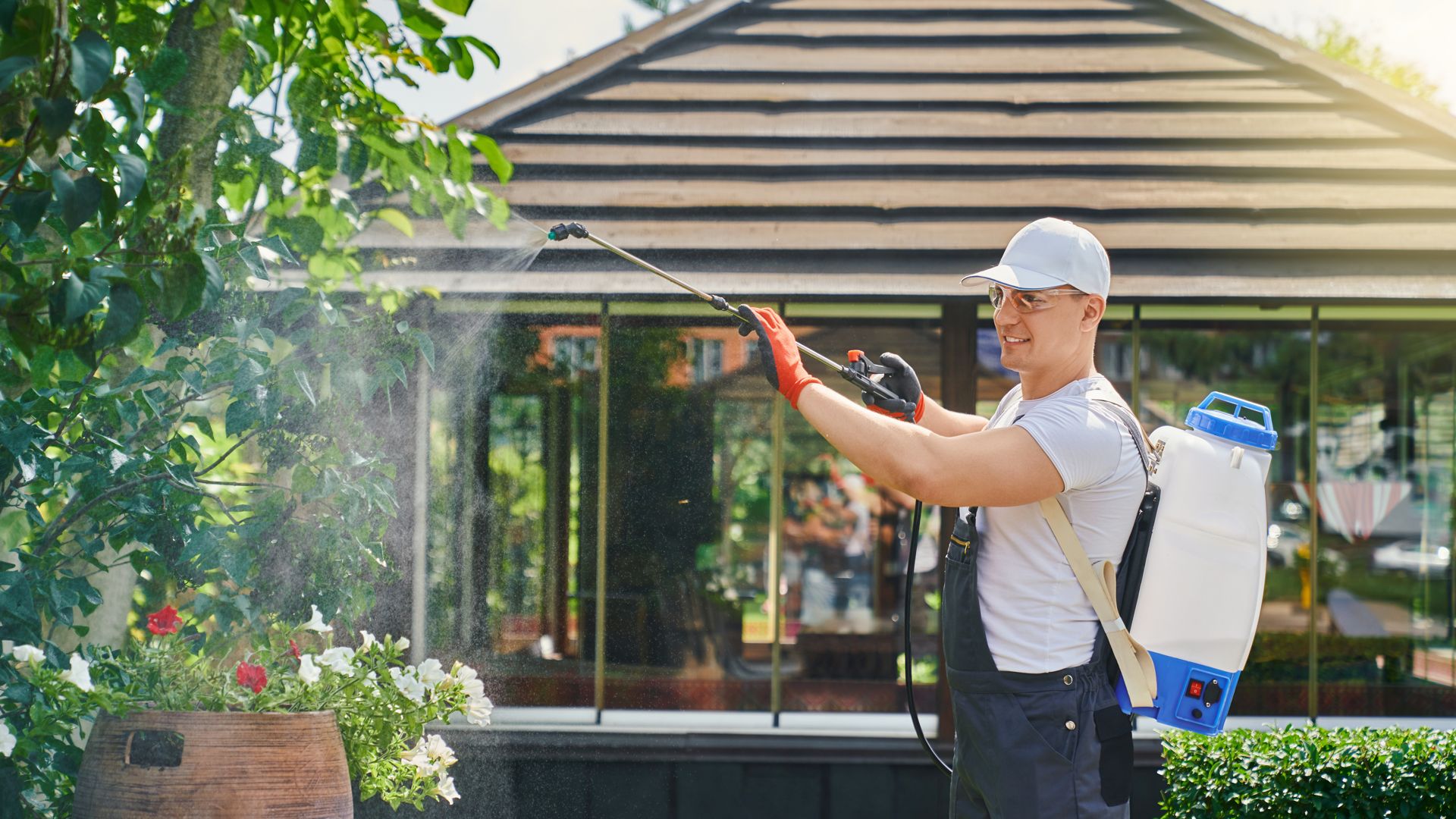Many articles about termites focus on subterranean termites. These insects invade your home and eat it from the inside, but they invade from the soil and must maintain contact with it to get the moisture they need. Drywood termites are a different story.
These termites can live inside your home without maintaining contact with the soil. They can pull moisture right from the air, which makes them uniquely dangerous because they can evade many of the prevention methods that work for subterranean termites. That’s why your termite control service professional will have to focus on them specifically during treatment. Fortunately, The PEST Group has extensive experience with drywood termites and can protect your home from these damaging invaders.
Signs Your Home May Have Drywood Termites
Termite identification is tricky for all termites, but it can be especially difficult for drywood termites because you can’t look for traditional subterranean termite signs like mud tubes or excessive moisture. Thus, you will have to look for other signs of their presence, such as:
- Termite swarms consisting of clusters of flying reproductive adults
- Piles of wings from swarms
- Pinholes in drywall
- Wood damage, including tunnels in visible wood
- Sawdust-like termite droppings (called frass)
- Wood that sounds hollow when tapped
If you start seeing signs like this, you need to take termite control measures right away. If you don’t act immediately, you could start seeing more serious signs of termites, like warped walls, sagging ceilings, or buckling floorboards. At this point, it is too late to avert termite damage, so the earlier you call the professionals at The PEST Group, the better.
Drywood Termites Can Cause Extensive Property Damage
Termites, whether drywood or subterranean, are a serious threat to your property, but drywood termites are particularly destructive because they can spread through your whole house with no need for contact with the soil.
Since termites eat wood, and they can hide in their nests for months or even years before you notice, they can do catastrophic damage to your home. They love to get into the structural elements of your house — its wall studs, support beams, floor joists, and the like — and once they eat their way through this lumber, it can leave serious structural damage.
Termite damage accounts for billions of dollars in repair costs every year in the United States alone, mostly because of the structural damage these pests inflict on your home.
Factors That Attract Drywood Termites To Your Home
The best way to mitigate termites is to take prevention measures before you wind up with active termites inside your home. Once you get a termite infestation, there isn’t much you can do to eliminate it on your own. However, you can make your home much less attractive to termites.
One of the best ways to prevent termites is to eliminate all wood-to-ground contact. This isn’t just obvious things like keeping firewood off your home’s siding. It also includes trimming tree and shrub branches back away from your house and keeping at least six inches of bare ground between your home and mulch. Basically, no piece of wood should be touching your home’s exterior anywhere.
Another great way to make your home less attractive to termites is to eliminate moisture. Drywood termites may take advantage of leaky pipes in your walls or condensation around your home to get water, so it’s important to eliminate excessive moisture.
Contact The Professionals For Quality Drywood Termite Control
Termite removal only gets harder and more expensive over time. If you see signs of drywood termites around your home, the best thing to do is to call The PEST Group immediately. The quicker we can treat the problem, the more damage we can avert. So don’t wait. Give us a call or visit our contact page today!
View All Articles
